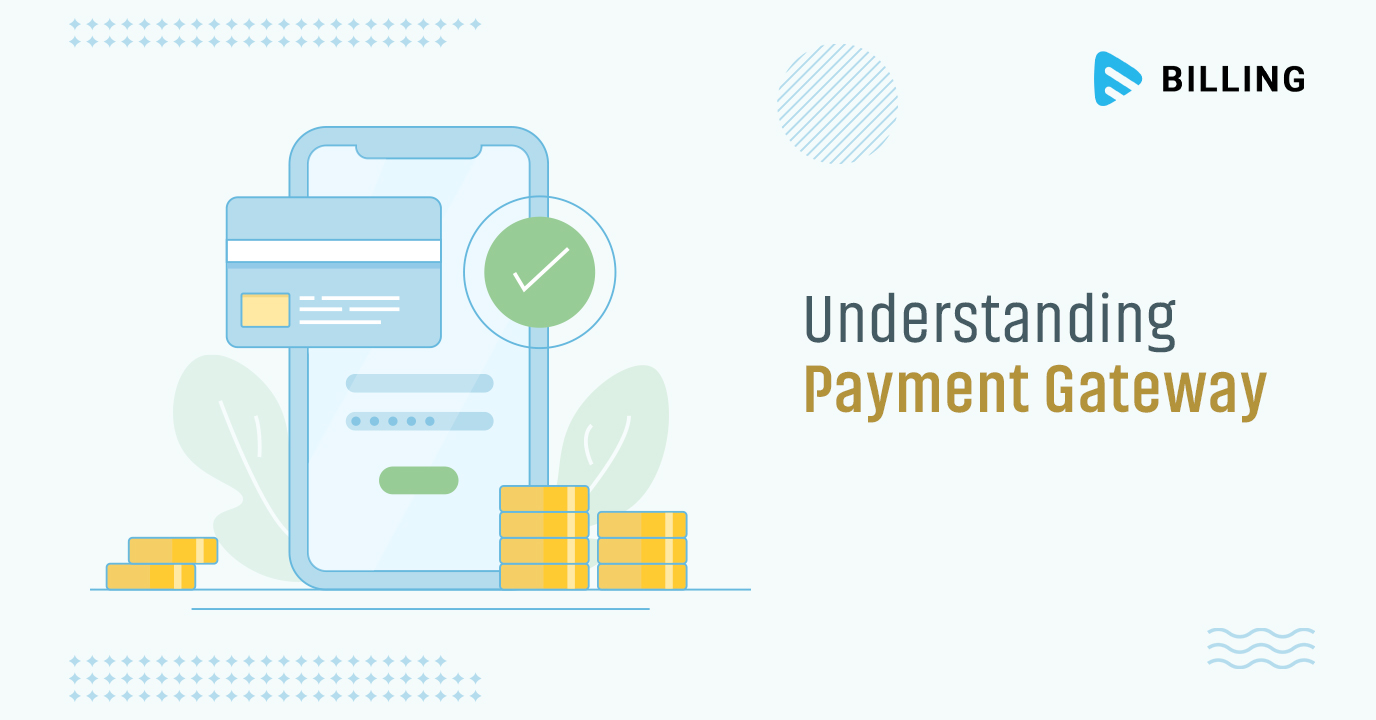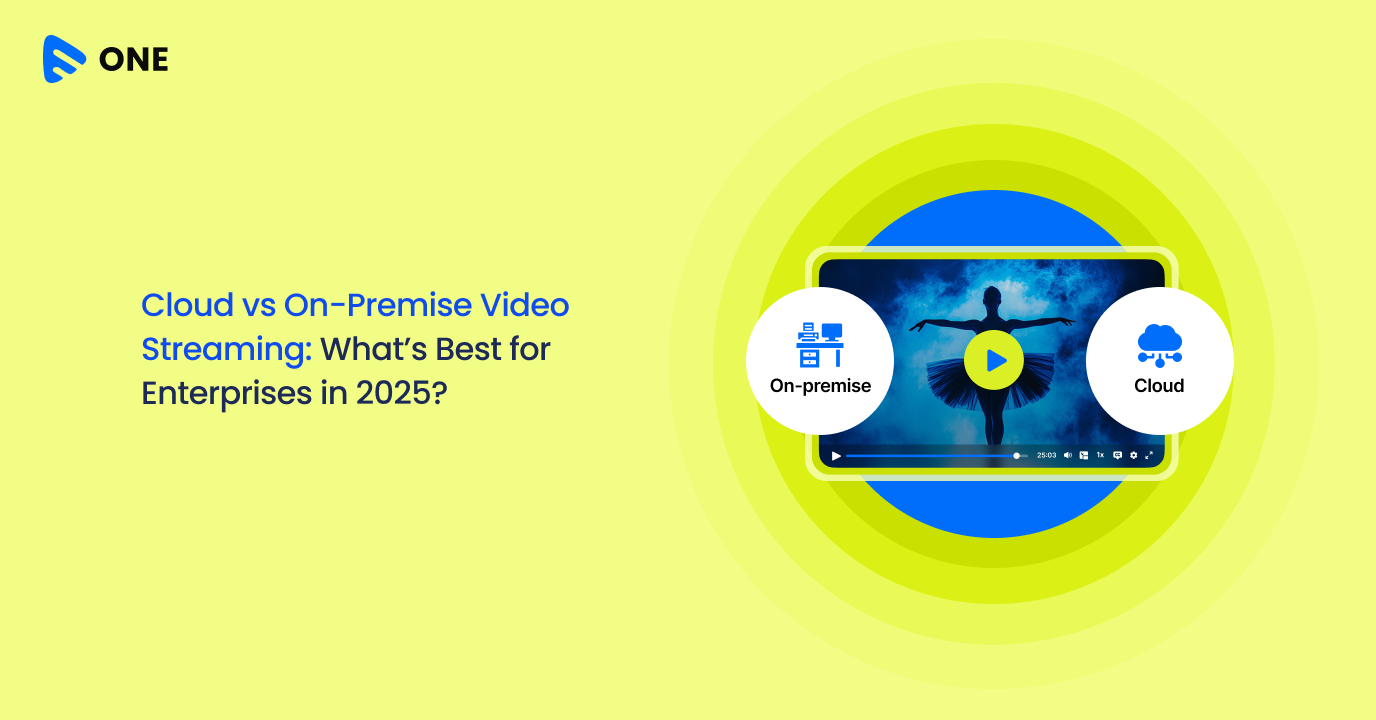Payment Gateway is a method for business owners to collect money from their customers.
Did you know that 44.5 percent of the world population uses Digital/Mobile wallet to do transactions during e-commerce shopping? While only 3.3 percent of the population opts for cash on delivery. Well, it isn’t hard to believe given the secure way of online payment, which became possible due to Payment Gateway. So, let us understand what it is and how it works.
What is a Payment Gateway?
A payment gateway is a platform that supports the transactions of online payments. Its primary job is to authorize the payment between a merchant and a customer.
The architecture of a Payment Gateway
Before we dive into the functionality and consider the cost for payment gateway integration, let’s first understand some terms –
- Secure Servers – A server that follows the Secure Sockets Layer (SSL) protocol to provide secure online transactions.
- Encryption – A series of steps followed to convert data or information into a secret code.
- Acquiring Bank – A financial institution that helps the Merchants to process debit and credit card transactions.
- Card Schemes – Payment networks associated with debit or credit cards.
- Issuing Bank – Banks that issue debit or credit cards to customers.

So we tried to explain the functioning of a Payment Gateway through the help of the above image; this image depicts how a credit/debit card payment gateway works. Read the following steps to understand better –
- Customers place an order on the merchant’s website.
- The request is sent to the Payment Gateway (PG).
- PG collects the necessary information such as credit card details and transaction details. It stores the data in secured servers.
- PG transfers this information through encryption to the acquiring bank.
- Acquiring bank now sends an authorization request to the Card Schemes. Once it is approved, the request is once again processed to the issuing bank. If it is not approved, then card schemes send back no approval message along with the explanation to the acquiring bank.
- If everything is successful, the issuing bank sends back the signal to the PG that the transaction is successful.
- Lastly, the PG then notifies the customer about successful and unsuccessful payments.

Also read : What is ACH? How does ACH work?
Benefits of a Payment Gateway
1. Seamless Transaction
The complex procedure that we explained above only takes 3 seconds to complete. Unbelievable, right? If you don’t believe us, try purchasing anything online and let us know how much time it took for you to complete the transaction.
2. Prevents online malicious activities
Payment Gateways uses VPN authentication, CCV, CVV, and AVS detector to prevent any malicious activity.
3. Provide different Payment Modes to Customers
It is quite possible that 10 different customers will use 10 different modes of payment. So, instead of integrating 10 different payment processors, you can simply employ a perfect payment gateway.
4. Encourages Impulse Buying
When a transaction can be done in a matter of seconds, customers don’t have time to think about their choices. And, more often than not, customers end up buying the things that they probably didn’t want in the first place.
How to Choose the Best Payment Gateway?
Having understood the basics, it is also essential to know what one should be looking for in a payment gateway. So, here is a list of things that you should keep in mind when searching for the perfect payment gateway for your business –
1. Multiple Payment Modes
A good payment gateway always has multiple payment modes. Having different payment modes will help you in catering to your customers in a better way.
2. Security protocols
Make sure that the payment gateway has the following features –
- Server Side Security & Firewall
- SSL certificate
- Multi-Layer Security Measures
- GDPR
- PCI DSS Compliant Platform
Suggested read : How to Protect Customers’ Data?
3. Recurring Payments
As recurring payments are becoming a norm in the 21st century, it is essential that you also offer them to your customers. So only choose a payment gateway which gives you this option.
4. Opt for Billing Platforms
Billing Platforms will allow you to have multiple payment gateways. As a business that aims to capture the world, you should be aware that each country has its own preferred and trusted payment gateway. As a business owner, your primary responsibility is to cater to your customers at their best. So, to give a personalized and unique experience to your customers, you should buy a Billing Platform.
Wrapping Up
If your aim is to establish a name for yourself, then it is better to have a payment gateway that offers seamless transactions. According to your business type, make the right choice. Consider Muvi Billing Platform if you want to make a budget-friendly choice. It will solve your issue of payment gateway and support Automated and Flexible Billing. It has smart record-keeping and offers analytics & insights. To know more about it first hand, try the 14-day free trial of Muvi Billing.



















Add your comment